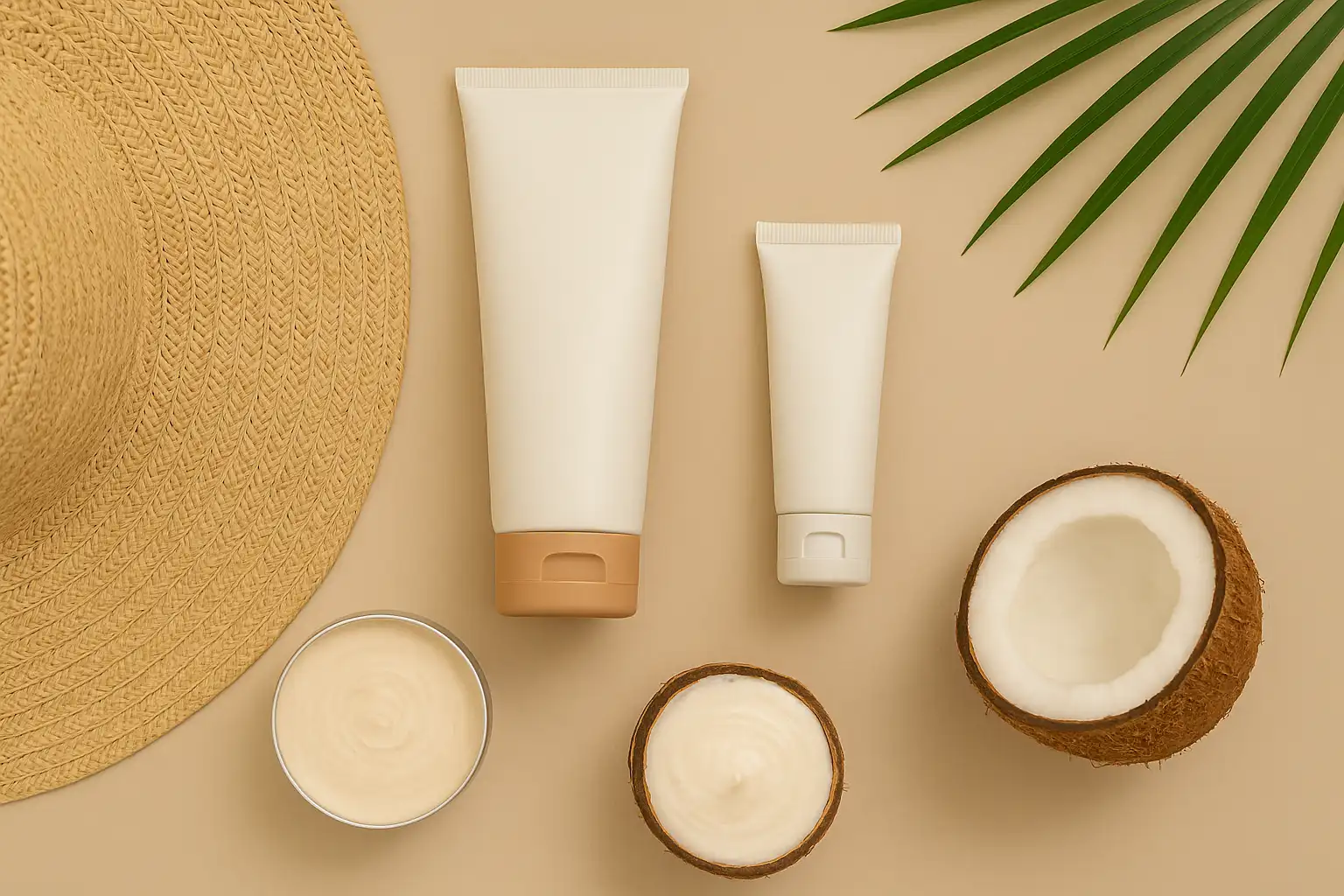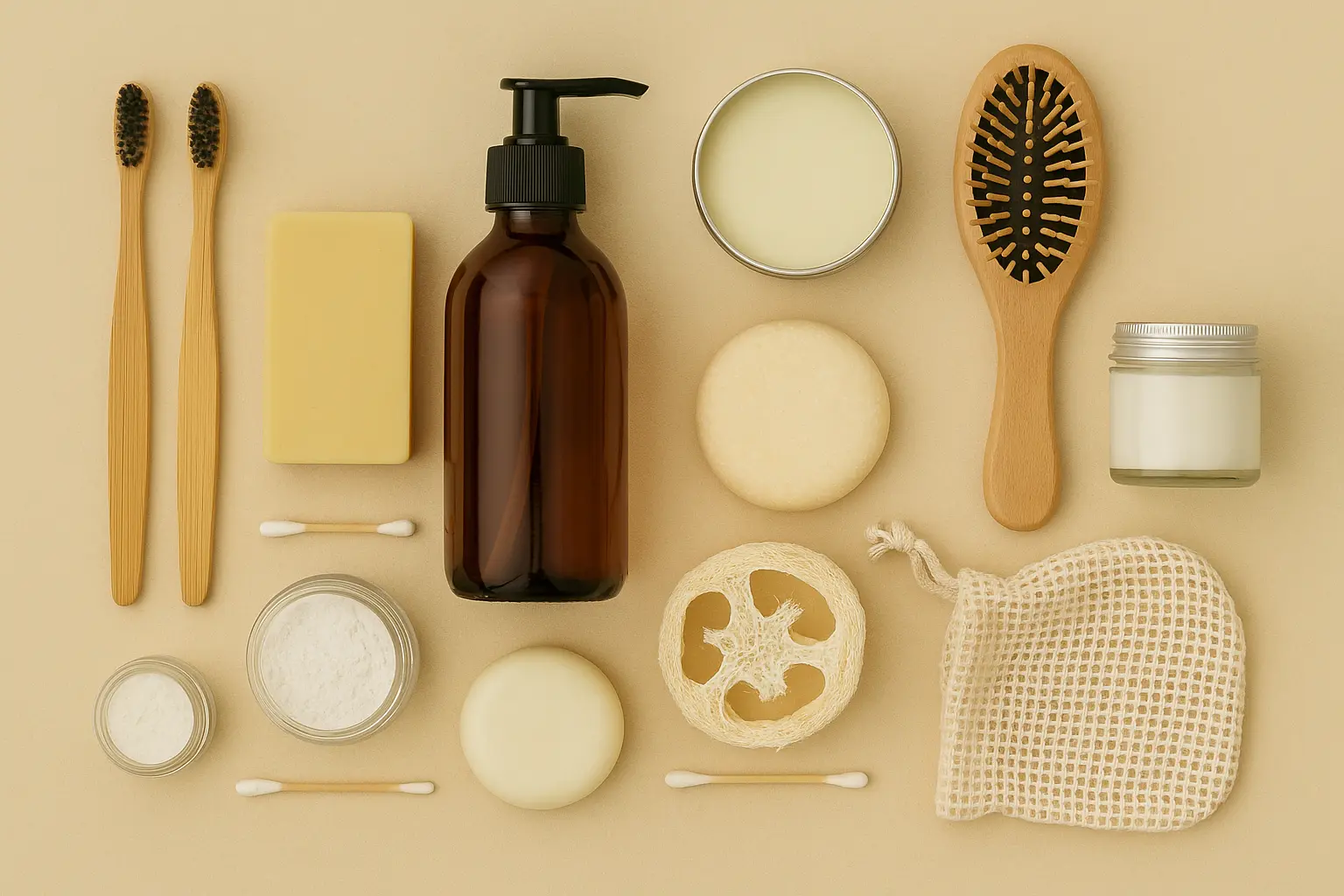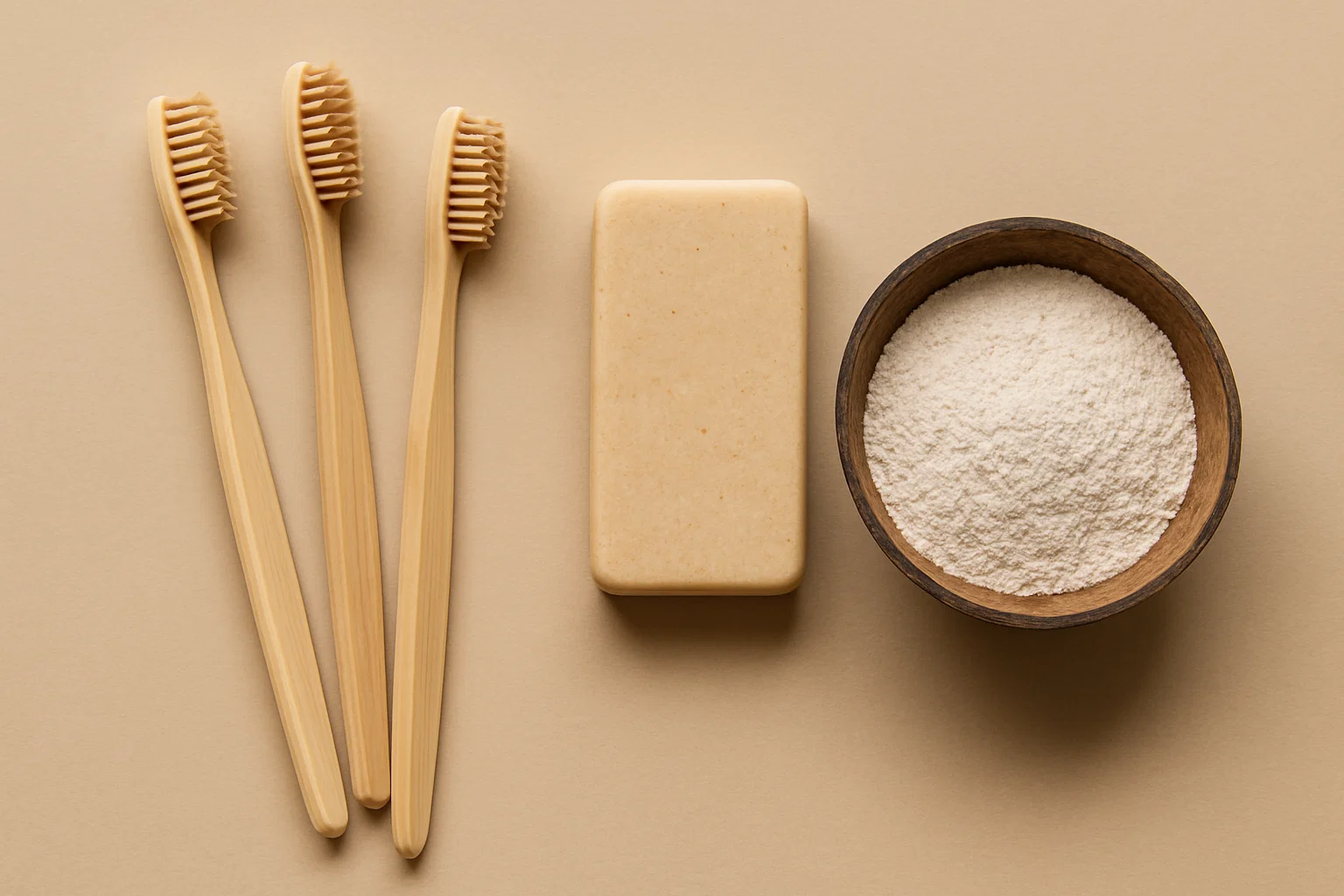Shielding Your Skin, Protecting Our Oceans: The Essential Guide to Clean, Reef-Safe Sunscreens

The sun's warm embrace feels glorious, and protecting our skin from its harmful ultraviolet (UV) rays is paramount for our health. However, the very products we use to safeguard ourselves can inadvertently pose a significant threat to a delicate and vital ecosystem: coral reefs. As we increasingly understand the devastating impact of certain sunscreen chemicals on these underwater cities, the demand for "clean" and reef-safe alternatives has surged.
Navigating the world of sunscreen ingredients can be confusing, with a plethora of scientific names and marketing claims. This exploration aims to illuminate the truth about sunscreens and their impact on coral reefs, providing you with the essential insights to choose effective sun protection that doesn't contribute to the decline of these precious marine environments. Our objective is to thoroughly educate, genuinely encourage, and deeply inspire you to prioritize both your skin's health and the well-being of our oceans by making informed choices about the sunscreen you use.
The Chemical Culprits: Understanding Why Some Sunscreens Harm Coral Reefs
Scientific research has increasingly pointed to specific chemical UV filters commonly found in conventional sunscreens as being toxic to coral reefs. Two of the most concerning culprits are oxybenzone and octinoxate. These chemicals, designed to absorb UV radiation, have been shown to have a range of harmful effects on corals, even at very low concentrations:
- Coral Bleaching: Oxybenzone and octinoxate can cause corals to expel their symbiotic algae, zooxanthellae, which provide them with essential nutrients. This process, known as coral bleaching, weakens the corals and makes them more susceptible to disease and death.
- DNA Damage: These chemicals can damage the DNA of coral larvae, hindering their development and ability to settle and grow.
- Skeletal Deformation: Exposure to oxybenzone can cause coral larvae to encase themselves in their own skeletons, preventing proper development and ultimately leading to death.
- Endocrine Disruption: Some studies suggest that these chemicals can disrupt the reproductive cycles and growth of corals.
Beyond oxybenzone and octinoxate, other chemical UV filters like octocrylene and enzacamene are also raising concerns due to their potential toxicity and persistence in marine environments. The cumulative effect of these chemicals, along with other pollutants, poses a significant threat to the health and survival of coral reefs worldwide, ecosystems already under immense pressure from climate change and other human activities.
The Solution: Embracing Mineral Sunscreens as Reef-Safe Alternatives
The good news is that effective and safe alternatives exist in the form of mineral sunscreens. These sunscreens utilize mineral-based UV filters, primarily zinc oxide and titanium dioxide, to create a physical barrier on the skin that reflects and scatters UV radiation, rather than absorbing it chemically.
Why Mineral Sunscreens are Considered Reef-Safe
- Inert and Less Harmful: Zinc oxide and titanium dioxide are generally considered to be inert and pose a significantly lower risk of toxicity to coral reefs compared to chemical UV filters like oxybenzone and octinoxate.
- Larger Particle Size (Non-Nano): To ensure reef safety, it's often recommended to choose mineral sunscreens that use non-nano sized particles of zinc oxide and titanium dioxide. "Nano" refers to extremely small particles (less than 100 nanometers). While concerns about the skin absorption of nano-sized mineral particles are still being studied, non-nano particles are less likely to be ingested by corals and are generally considered safer for marine life.
- Effective Broad-Spectrum Protection: Mineral sunscreens, especially those using a combination of zinc oxide and titanium dioxide, can provide excellent broad-spectrum protection against both UVA and UVB rays, safeguarding your skin effectively.
Navigating the Label: How to Choose a Clean, Reef-Safe Sunscreen
With the growing awareness of reef safety, many sunscreens are now marketed as such. Here's how to decipher labels and make informed choices:
- Check the Active Ingredients: The most crucial step is to look at the "Active Ingredients" list. Opt for sunscreens that list zinc oxide and/or titanium dioxide as the sole active UV filters.
- Avoid Chemical UV Filters: Steer clear of sunscreens that contain oxybenzone, octinoxate, octocrylene, enzacamene, or other chemical UV filters.
- Look for "Non-Nano": While not always explicitly stated, many reef-safe mineral sunscreens will indicate that they use non-nano particles of zinc oxide and titanium dioxide. If unsure, research the brand or contact the manufacturer.
- Consider the Formulation: Mineral sunscreens can come in various formulations, including lotions, creams, and sticks. Choose a texture that you find comfortable to wear and will apply consistently.
- Read the Full Ingredient List: While the active ingredients are key for reef safety, also consider other ingredients in the formulation. Opt for sunscreens with minimal and natural ingredients to further reduce potential environmental impact and skin sensitivities.
- Look for Certifications: Some organizations offer certifications for reef-safe products. While not universally adopted, these can provide an additional layer of assurance.
Beyond the Ingredients: Sustainable Sunscreen Practices
Choosing a reef-safe sunscreen is a significant step, but adopting sustainable sunscreen practices can further minimize your impact:
- Seek Shade: The most effective way to protect your skin and the reefs is to seek shade during peak sun hours.
- Wear Protective Clothing: Opt for wide-brimmed hats, sunglasses, and UV-protective clothing.
- Apply Sunscreen Mindfully: Apply sunscreen only to exposed skin and use the recommended amount.
- Avoid Aerosol Sprays: Aerosol sunscreens can be inefficient and may release chemicals into the air and potentially onto unintended surfaces, including the water. Opt for lotions or sticks.
- Educate Others: Share your knowledge about reef-safe sunscreens with friends and family to raise awareness.
Protecting our skin from the sun is essential, and thankfully, we no longer have to choose between our health and the health of our oceans. By understanding the science behind sunscreen ingredients and opting for mineral-based, non-nano formulations, we can effectively shield ourselves from harmful UV rays while actively contributing to the preservation of vibrant and vital coral reef ecosystems. Embracing clean, reef-safe sunscreens is a tangible act of environmental stewardship, allowing us to enjoy the beauty of our planet responsibly.
Related Blogs

Stepping Lightly into Self-Care: Your Expansive Guide to the Best Zero-Waste Personal Care Swaps for Beginners
Insights on best zero-waste personal care swaps for beginners in a sustainable way.

A Guide to Eco-Conscious Period Products
Insights on eco-conscious period products in a sustainable way.

Scenting Sustainably: Choosing Eco-Friendly Alternatives to Perfume in Plastic Atomizers
Opt for solid perfumes, refillable glass bottles, or essential oil blends for fragrance without microplastics.

Smile Sustainably: Your Guide to Eco-Friendly Alternatives to Plastic Toothbrushes
Choose bamboo toothbrushes, recyclable heads, or miswak sticks for plastic-free dental care.

Uncomplicating Your Glow: Your Guide to Building a Minimalist Skincare Routine
Practical advice and actionable tips for how to build a minimalist skincare routine.

Unleash Your Inner Alchemist: Crafting Your Own Natural Toothpaste and Shampoo
Practical advice and actionable tips for how to diy your own natural toothpaste or shampoo.
Stay in the Loop
Get tips and insights tailored to your interests — no spam, just sustainability.